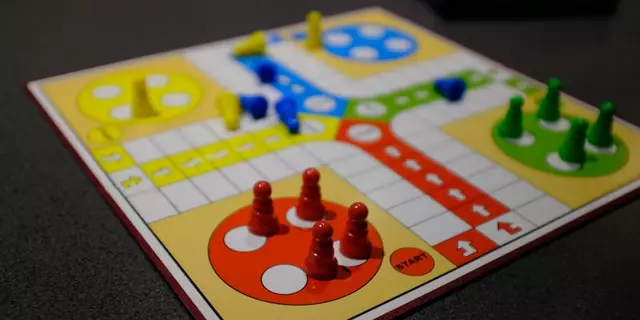Warhammer Guide: Easy Tips and Tricks for New Players
Feeling lost the first time you open a Warhammer box? You’re not alone. Most newbies wonder where to start, which units matter, and how to keep their army from turning into a pile of plastic. Below you’ll find straight‑forward advice that cuts the fluff and gets you into the game faster.
Getting Started with Warhammer Basics
First, pick a faction you like. Whether it’s Space Marines, Orks, or a fantasy army, a hobby you’re excited about makes painting and playing way more fun. Once you’ve chosen, read the quick‑start rulebook that comes in the box. Those pages explain the core steps: movement, shooting, combat, and morale. Don’t try to memorize everything; just focus on the turn order.
Next, sort your units by type: troops, elites, fast attack, heavy support, and HQ. Knowing the role of each group helps you plan placements. For example, put troops in cover, fast attack on the flanks, and heavy support behind them. This simple formation lets you protect your weak units while still delivering firepower.
Roll dice early and often. Warhammer relies on dice rolls for everything from hit chances to morale checks. Keep a handful of dice ready and practice rolling a few times before a game. The more comfortable you are, the less you’ll pause mid‑match.
Advanced Tactics to Win Battles
Once the basics feel natural, start thinking about synergy. Some units boost each other’s abilities – a commander’s aura might give nearby troops extra attacks, while a heavy weapon can soften enemy armor before your melee units charge. Pairing these units creates a punchy combo that can turn a tough fight into a quick win.
Don’t forget terrain. Buildings, woods, and wreckage aren’t just for show; they provide cover and can block line of sight. Position your troops so they can peek out, fire, then duck back behind a wall. This “shoot‑and‑hide” pattern is especially effective for ranged units.
Use objective cards wisely. Most games have a point‑grab system – whoever controls the most markers at the end wins. Early in the game, aim for the nearest objective and hold it. Later, swing to a secondary objective if your opponent is over‑committed elsewhere. Controlling two spots often outweighs having a larger army in one place.
Finally, keep an eye on your opponent’s moves. If they’re massing a big charge, pull back your fragile units and set up a defensive line. If they’re spreading out, seize the chance to hit them with area‑of‑effect attacks. Reading the board and reacting quickly separates casual players from seasoned commanders.
Warhammer is as much about strategy as it is about dice. By starting with a clear army role, using terrain, and linking units that boost each other, you’ll see noticeable improvement in just a few games. Grab your rulebook, roll some dice, and enjoy the chaos – the battlefield is waiting for you.

Why don't we use cardboard cutouts for Warhammer?
Cardboard cutouts are not usually used for Warhammer as they lack the detail, complexity and durability that the game requires. The pieces need to be highly detailed and have multiple layers of construction in order to accurately represent the characters, creatures, and environments that make up the game. Cardboard cutouts are simply not up to the task as they are too flimsy and lack the intricate details needed. Furthermore, they do not hold up well to the rigorous play that the game requires, making them a poor choice for Warhammer. By investing in high-quality miniatures, players can take advantage of the increased durability, detail, and complexity that make Warhammer such a great game.




